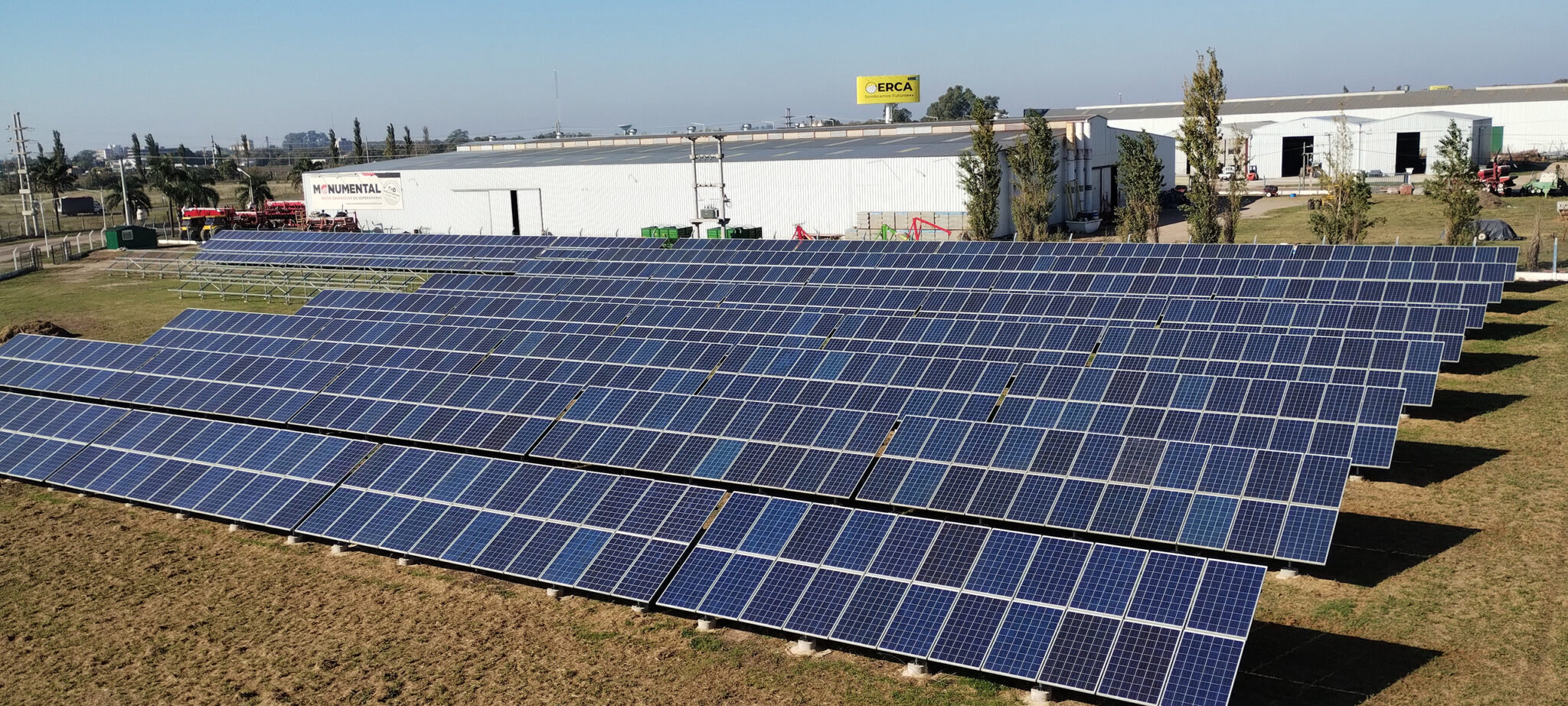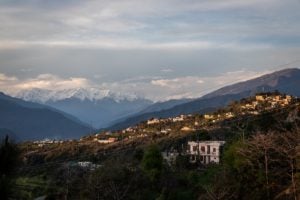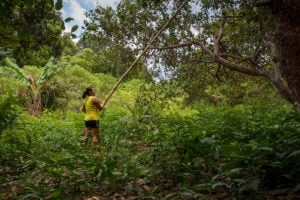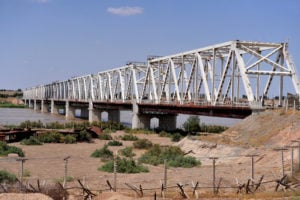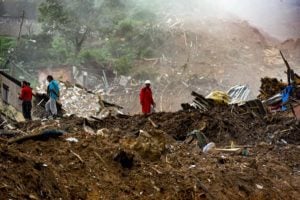A small town generating its own power, a city school equipping its rooftop with solar panels, and a company building solar water heaters that help to cut energy bills: small-scale initiatives across Argentina are showing the active role people can play in building a renewable energy-powered future.
Currently, 84% of the energy consumed in Argentina is generated using natural gas and oil, fossil fuels whose production and use drives global warming, and which can bring other harmful impacts on ecosystems, societies and their health. Generation with these fuels is concentrated among a handful of large companies, who often receive incentives and subsidies from the government for their investments in the energy sector.
Local energy initiatives such as these in Argentina, on the other hand, present a way to reduce the concentration and centralisation of the system, as examples of what is known as distributed generation. This self-generation, which typically makes use of renewable sources, is aimed at supporting local or even household consumption, but also may see surpluses fed onto wider grids, allowing traditional electricity buyers to become producers.
According to a report on distributed generation published by Argentina’s energy ministry in March, 1,167 self-generation projects have so far been completed across the country, with a collective installed capacity of 21.2 megawatts. They are connected to the wider network with bi-directional meters that track electricity entering and leaving the grid.
Pablo Bertinat, director of the Energy and Sustainability Observatory at the National Technological University, told Diálogo Chino that energy decentralisation projects can have virtuous effects: “They allow energy policy – that is, the study of how to use energy to improve the quality of life of the population – to be carried out at the municipal level, which is currently non-existent, and generate a strong incentive for participation and democratisation.”
Distributed generation can also reduce the need for large investments – for example, in electricity transmission lines – as it focuses on local production for local consumption. It may therefore offer a useful, and timely, solution to some of Argentina’s current difficulties, including energy poverty, and bottlenecks on a strained transmission network that are slowing investments in renewable energy projects.
Pioneers in the transition
Armstrong is a small town of around 15,000 inhabitants in the province of Santa Fe. Its economy relies primarily on agriculture and related activities, such as manufacturing of farm machinery.
Electricity service in the town is provided by the Armstrong Cooperative for the Provision of Public Works, Services and Credit, which counts 5,000 members and oversees some 6,500 electricity meters. According to the Argentine Federation of Electricity Cooperatives (FACE), such organisations provide electricity for 17% of the country’s population.
In 2013, the Armstrong cooperative submitted a proposal to the Ministry of Science, Technology and Innovation to install solar panels in the town and generate its own electricity, instead of purchasing from the national grid.
The project was accepted in 2015 and a public-private consortium was formed between the cooperative, the National Institute of Industrial Technology (INTI) and the National Technological University, which received a subsidy from the government. It would become the first solar photovoltaic plant in the province of Santa Fe, and make the Armstrong cooperative the first in Argentina to use this technology.
“Our cooperative was founded in 1958 and was the first in the country to have rural electrification,” Gustavo Airasca, the cooperative’s technical lead, told Diálogo Chino. “Just as we did back then, we are also looking to be pioneers with this project.”
From the beginning, the solar project was designed in conjunction with the community. Workshops were organised to explain it, and saw high participation, Airasca said. “There were questions, such as whether the solar equipment was hail-resistant, what the installed capacity would be, the costs and the estimated lifetime,” he added.
A 200-kilowatt (kW), 880-panel photovoltaic power plant was installed, while 50 separate units of six solar panels each were fitted on the roofs of volunteer collective members. The equipment was purchased from the German firm SMA, Amerisolar in the USA, and LV-Energy, based in the province of San Luis, with some of the panels produced in China.
The cooperative estimates that by the end of 2022 its solar panels had saved around US$30,000 in power purchases in the years since the project started. The income from their sales to the grid have also financed an expansion of the plant to 275 kW, with the additional capacity to enter service later this year.
Beyond energy, the solar initiative also seems to have brought other benefits for the cooperative and the people of Armstrong. “This project also allowed the environmental issue to gain momentum in the city,” Airasca said. “People come to the cooperative to ask questions and we leave the door open for those who want to see the plant. We have also organised training days.”
Solar-powered school
Ten years ago, as part of a debate on environmental challenges, teachers and students at the Antonio Devoto High School in Buenos Aires discussed the idea of being able to self-generate the electricity consumed at the school using solar panels.
“We studied the issue of energy transition and in particular photovoltaic technology,” said Luciano Tapia, a former student at the school who led the presentation of the project to the city’s authorities. “We realised that the school’s terrace was a great place to put the panels, because it is very high and receives sunlight practically all day long.”
The project took shape together with the teaching staff and, in 2014, was proposed to the city legislature for funding. Two-hundred solar panels were installed, and the school became the first in the country to consume its own electricity and provide surplus onto the grid. Now, eight schools in the city have solar panels.
“The months of greatest exposure to solar radiation are those when electricity is not used in the school, because it is summer and there are no classes,” Félix Abán, the former vice-principal of the school, said. “Therefore, to a greater extent, the resource can be fed into the public grid, which in turn faces very high demand due to high seasonal consumption.”
However, according to Abán, the successes in energy generation may not have been the greatest impact of the project: “Distributed generation was the vehicle for the students to realise that they have the capacity to do something with practical repercussions.”
Local industry plays its part
Energe is an Argentine company that designs and manufactures solar thermal collectors – devices that absorb solar radiation, primarily to heat water – and a business that has seen demand for its products increase steadily in recent years.
“Fifteen years ago, we were producing less than eight water heaters per month,” Energe’s communications manager David Soriano told Diálogo Chino. “Today, more than 250 water heaters are coming out of our factory in Mendoza every month.”
The company produces solar water heaters for both domestic and industrial use, as well as supplying and fitting photovoltaic panels for electricity generation. The company also exports to Uruguay and Chile. According to their own estimates, a solar collector can save a family as much as 80% of what they would normally spend each year on gas or electricity to heat water in their home.
“As this is a relatively new market in the country, we tend to emphasise the advantages of being the ‘owner’ of your own energy,” Soriano said. He added that doubts remain common among potential customers: “People often ask whether the water heater and panels work on cloudy days and whether the energy can be stored. We explain that the answer to both is ‘yes’.”
Energe imports the solar panels for its products from Germany and China, and manufactures metal components and assembles its heaters in Maipú, a town in the province of Mendoza. The company employs 78 local workers, and has made concerted efforts to promote equality in its workforce. “We have a policy of promoting the presence of female workers in areas where men normally have a greater presence, such as in the plant,” Soriano explained. “After providing training and our work experience, we now have a staff of excellent female welders.”
Organisations including the United Nations have stressed the importance of boosting women’s opportunities and representation in the clean energy sector, as an essential element of a “just transition” from fossil fuels to renewables.
Decentralising energy
According to calculations by the National University of Central Buenos Aires and the Environment and Natural Resources Foundation (FARN), an Argentine NGO, by 2050 up to 32% of Argentina’s household electricity demand could be covered by distributed solar generation installed in residential buildings.
This would require the presence of distributed energy systems in almost 15 million buildings and an estimated investment of US$70 billion by 2050.
However, an increase in the presence of renewable energy and distributed generation must be accompanied, according to FARN, by “a range of complementary initiatives such as sectoral programmes to modernise the economy, measures to increase energy efficiency and awareness campaigns.”
For Pablo Bertinat, the generation of electricity using solar, whether through cooperatives or individual rooftop systems, can become an increasingly important addition to the national electricity supply.
But their impact, he added, may go beyond simple power: “In addition to the contribution they make to national electricity generation, these projects create conditions for local ownership of energy policy, which is a prerequisite for sustainable democratisation of energy access.”

